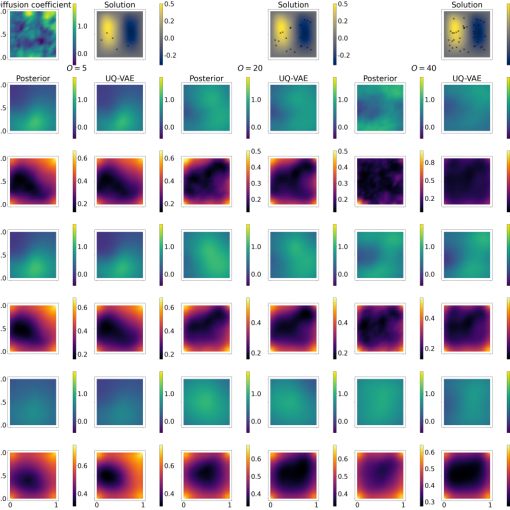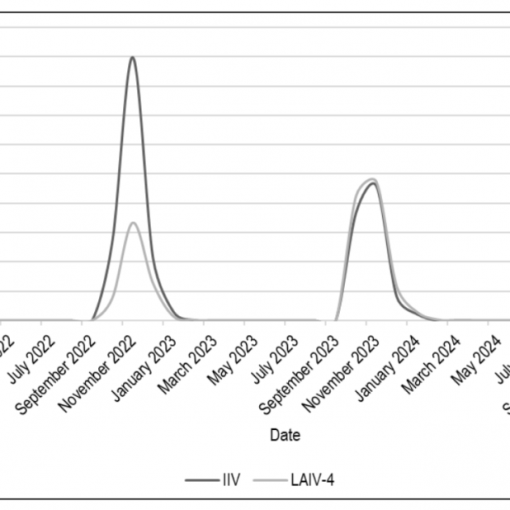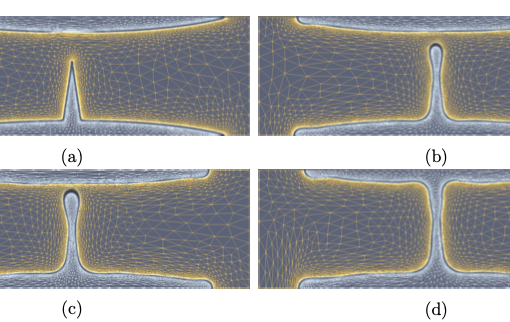A new MOX Report entitled “EKF-SINDy: Empowering the extended Kalman filter with sparse identification of nonlinear dynamics” by Rosafalco, L.; Conti, P.; Manzoni, A.; Mariani, S.; Frangi, A. has appeared in the MOX Report Collection. Check it out here: https://www.mate.polimi.it/biblioteca/add/qmox/82-2024.pdf Abstract: Measured data from a dynamical system can be assimilated into a predictive model by means of Kalman filters. Nonlinear extensions of the Kalman filter, such as the Extended Kalman Filter (EKF), are required to enable the joint estimation of (possibly nonlinear) system dynamics and of input parameters. To construct the evolution model used in the prediction phase of the EKF, we propose to rely on the Sparse Identification of Nonlinear Dynamics (SINDy). SINDy enables to identify the evolution model directly from preliminary acquired data, thus avoiding possible bias due to wrong assumptions and incorrect modelling of the system dynamics. Moreover, the numerical integration of a SINDy model leads to great computational savings compared to alternate strategies based on, e.g., finite elements. Last, SINDy allows an immediate definition of the Jacobian matrices required by the EKF to identify system dynamics and properties, a derivation that is usually! extremel y involved with physical models. As a result, combining the EKF with SINDy provides a data-driven computationally efficient, easy-to-apply approach for the identification of nonlinear systems, capable of robust operation even outside the range of training of SINDy. To demonstrate the potential of the approach, we address the identification of a linear non-autonomous system consisting of a shear building model excited by real seismograms, and the identification of a partially observed nonlinear system. The challenge arising from the use of SINDy when the system state is not entirely accessible has been relieved by means of time-delay embedding. The great accuracy and the small uncertainty associated with the state identification, where the state has been augmented to include system properties, underscores the great potential of the proposed strategy, paving the way for the setting of predictive digital twins in different fields.
You may also like
A new MOX Report entitled ” Improvements on uncertainty quantification with variational autoencoders” by Tonini, A.; Bui-Thanh, T.; Regazzoni, F.; Dede’, L; […]
A new MOX Report entitled ” The Social Growth Index: Measuring Socioeconomic Resilience at the Municipal Level in Italy ” by Greco, […]
A new MOX Report entitled “Real-World Effectiveness of Influenza Vaccination in Preventing Influenza and Influenza-Like Illness in Children ” by Rigamonti, V.; […]
A new MOX Report entitled “Modeling and simulation of electrochemical and surface diffusion effects in filamentary cation-based resistive memory devices” by Vaccaro, […]





